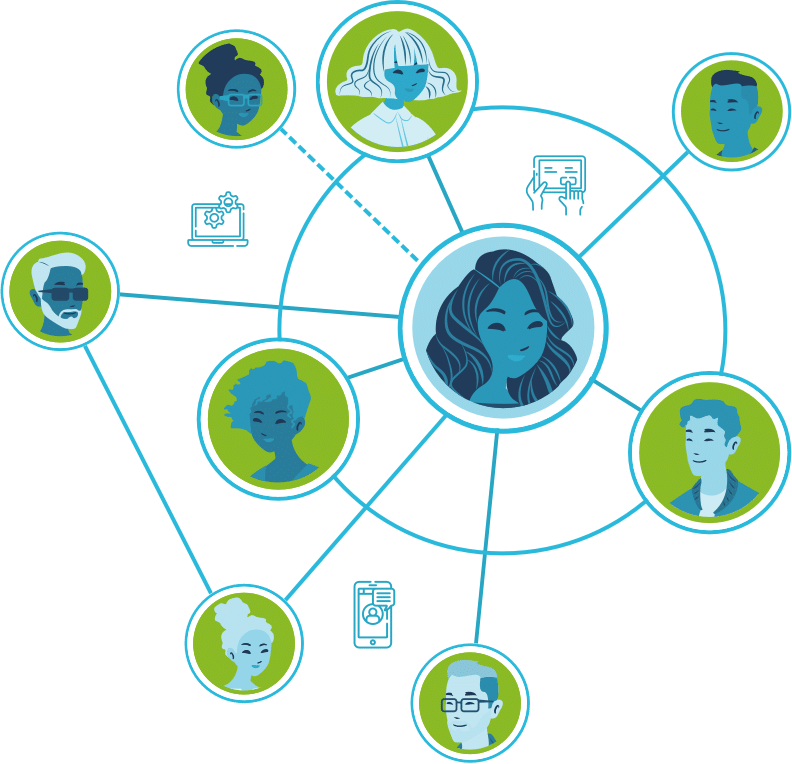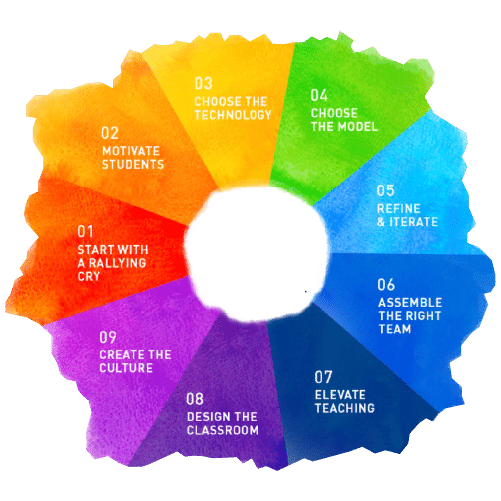Education Research
Our research identifies innovations critical to supporting a student-centered education system.

Why education?
Schools and colleges today are struggling to meet the needs of students, families, and employers. Only 47% of Gen Z in the US report that they are thriving, and Americans’ confidence in higher education has plummeted to 36%. At the same time, an overwhelming majority of employers are facing a skills gap and are hungry for new ways to find and train talent.
To meet the demands of today, education systems need to innovate in radical new ways that put students at the center. In our work, that means building a system better designed to address persistent opportunity gaps, to offer more flexible and personalized learning experiences, and to help more students discover their purpose and realize their potential. Our research seeks to identify new organizational models, technology tools, and public policies critical to supporting a student-centered education system.
Education Research Topics
Within education, theory has identified these specific research areas as currently having disruptive potential:
Meet the Researchers

Julia Freeland-Fisher
Julia is the director of education research and specifically focuses on social capital research. View Julia’s profile
Julia’s research highlights:
- Students’ hidden networks: Relationship mapping as a strategy to build asset-based pathways
- The missing metrics: Emerging practices for measuring students’ relationships and networks
- 5 Steps for Building & Strengthening Students’ Networks
Julia’s media highlights:
- Caps and gowns but no career prospects for grads without connections
- AI Can Make Schools More Human, But Only If Schools Prioritize Relationship Metrics
- 3 Steps Toward More Equitable Networks On Campuses
Julia’s webinar/podcast highlights:

Thomas Arnett
Tom is a senior research fellow for education. View Tom’s profile.
Tom’s research highlights:
- K–12 value networks: The hidden forces that help or hinder learner-centered education
- Families on the new frontier: Mapping and meeting the growing demand for unconventional schooling
- Q&A: Unveiling the power of value networks in K–12 education
Tom’s media highlights:
- 5 learner-centered education models to inspire reform
- A value network can influence education change
- A better way to do online learning
Tom’s webinar/podcast highlights:
Recent Education Content
Looking for more resources from our education researchers? Explore our resource library.
Stay connected
Sign up to receive email updates on our education research:






